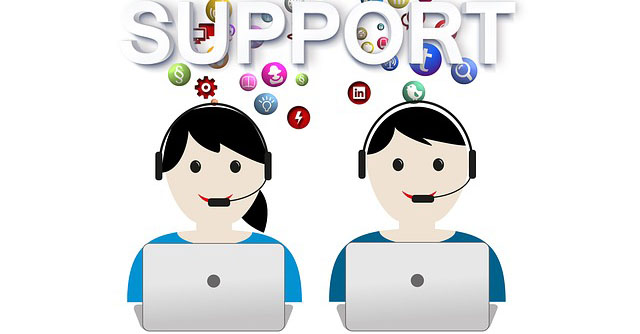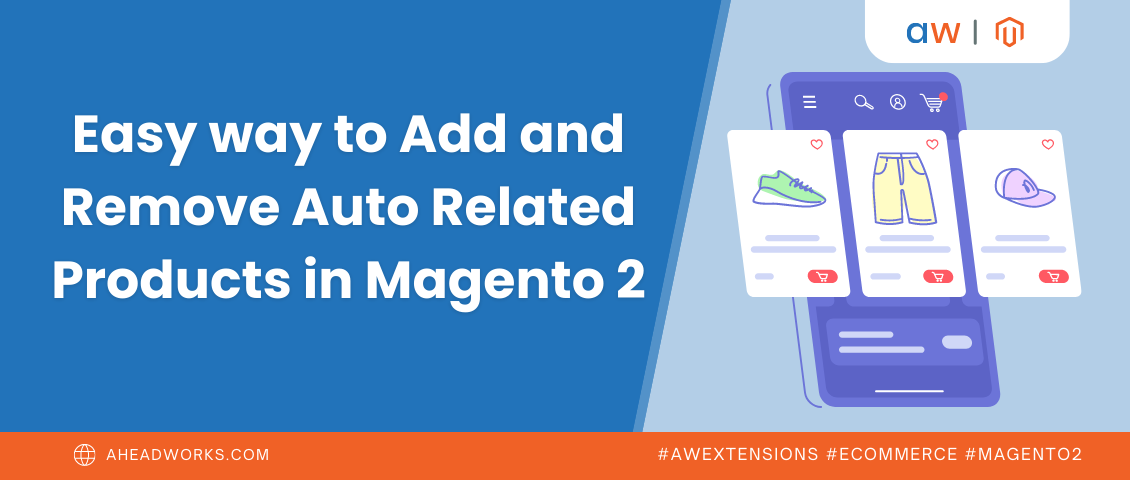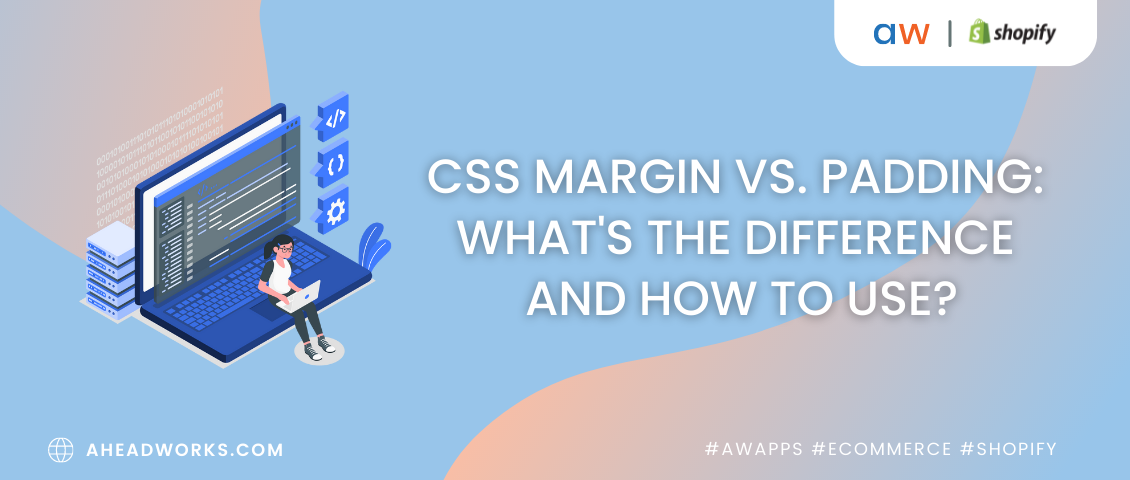
Arranging Customer Support Services in an E-commerce Store
Categorized as : Ecommerce
Every day, help desk specialists of any web store deal with a constantly growing number of customer tickets, which might seriously affect the overall productivity of a support department.

In this article, we will give you the ideas how to make the whole customer support process in a web store more efficient.
Imagine the situation in which you have hundreds of tickets in your store, each to be handled properly. First, you should think about storing them in one place where they can be conveniently monitored and managed.
Most likely, we are talking about a grid that contains general information about each ticket, including customer name, status, responsible department, priority, and the like so that you can view all the required data and even create new tickets from there.
Still, general information can often be insufficient, especially when you need to view customer-related details and purchases for particular tickets. In this case, you should think about the solution that will give you the possibility to ‘drill-down’ customer tickets in the database of your store to view their detailed info.
Also, think about the possibility to edit specific ticket parameters on the fly, including ticket priority, assigned departments, order IDs, and so on, as these variables might need to be changed while processing the ticket. For more convenience, this should be done on dedicated ticket pages.
With the growing number of tickets in your database, you will definitely need to implement the same action for a number of tickets. In this case, consider using the solution that will allow you to perform mass actions for several tickets, such as, say, changing their status and priority, assigning them to an individual agent or department, at once.
Changing the priority and status of customer tickets during their processing is another important aspect of customer support arrangement that should be taken into consideration. Let’s discuss it in more detail.
Suppose you have several tickets waiting for your response for more than 24 hours, and dissatisfied customers already left dozens of messages. You could not reply to them since you were busy with the ‘higher-priority’ customer complaints. Nevertheless, you realize that those ‘unsolved’ tickets should be handled asap, otherwise, this might affect customer loyalty and sales in your store.
Still, your support department can effectively deal with the ‘low-priority’ complaints while keeping solving more ‘burning’ customer issues by implementing automated actions with initially defined conditions. For example, you can set automatic priority change for those tickets that were not responded for more than a day, or, say, for the tickets where customers already left more than three messages.
Also, think about automating other routine actions, including assigning tickets to particular agents or re-assigning them to individual departments. This way, the work of your support team will be organized more rationally.
Next, we will move on to another important aspect: email notifications.
To keep customers up to date on their ticket processing status, you can send them emails. Since there are several common occasions, such as changing the ticket status, its priority, assigning an agent, and the like, on which emails should be sent, you should be able to define email templates to be used for each particular situation.
Still, if you use the solution that provides email templates ‘out-of-the-box’, you can save your time for composing them just by selecting an appropriate template depending on the situation.
Besides sending notification emails to customers, you should also consider using the solution thanks to which they will be able to reply to tickets right from their mail clients or even create the new ones, this way, obviating them from the need to open their store accounts every time they need to perform recurring ticket-related operations.
Notice that emails are just one of the ways to communicate with customers while their tickets are processed, and it’s definitely not the most effective one. Let’s talk about other communication means that can be utilized when handling customer complaints.
Often, email messages are not opened by recipients asap, so you should think about providing them with the possibility to exchange messages with agents in the form of a ‘live chat’. On the dedicated ticket page, your customers will be able to send instant messages to agents and timely get responses from them.
If such message exchange results in long threads, agents and customers can easily get confused in those messages. However, with the appropriate solution, the messages in threads will be divided into different colors, say, green for customer messages and blue for agent messages so that one can easily navigate among them.
However, navigation is not the only issue that should be taken care of. Imagine the situation in which a customer describes the condition of the package received, but even a rich description does not give you a full picture of the nature of the complaint.
So, in addition to describing product-related issues in text messages, your customers should be able to ‘show’ the state of the product by attaching images to their messages so you can see yourself what is the problem. And agents themselves should have the possibility to add images to their replies when they need to provide some visual support for their statements.
Sometimes, agents need to leave some internal notes for themselves right in the message thread. For example, they deal with several tickets at a time and have some ideas how the particular complaint can be resolved. Still, they leave the solution for the next time and proceed to more important tickets that require immediate actions.
In such a case, internal notes are just indispensable. They should not be visible to customers and marked in the thread with a separate color.
In the B2B domain, ticket-related message threads between agents and customers often require the attention of third parties, in other words, managers that need to stay abreast of clients’ issues with their products.
This way, one should think about providing agents with the possibility to send message threads to third-party recipients not visible to customers. As a result, business owners will be able to control the situation at the distance.
Now, you are probably wondering where to find the solutions that are able to cover all the above issues? You will be pleasantly surprised, as all these aspects can be dealt with via the one-stop module for Magento 2 stores.
With the Help Desk Ultimate extension for Magento 2 by Aheadworks, you can take care of all the major customer support aspects described in the article. Thus, the work of your help desk department will be arranged more reasonably, and you will retain the loyalty of your customers.
To learn more about the Help Desk Ultimate module and its features, visit the Help Desk Ultimate product page and check the user guide.

In this article, we will give you the ideas how to make the whole customer support process in a web store more efficient.
Customer Support Major Aspects
Ticket Monitoring & Management
Imagine the situation in which you have hundreds of tickets in your store, each to be handled properly. First, you should think about storing them in one place where they can be conveniently monitored and managed.
Most likely, we are talking about a grid that contains general information about each ticket, including customer name, status, responsible department, priority, and the like so that you can view all the required data and even create new tickets from there.
Still, general information can often be insufficient, especially when you need to view customer-related details and purchases for particular tickets. In this case, you should think about the solution that will give you the possibility to ‘drill-down’ customer tickets in the database of your store to view their detailed info.
Also, think about the possibility to edit specific ticket parameters on the fly, including ticket priority, assigned departments, order IDs, and so on, as these variables might need to be changed while processing the ticket. For more convenience, this should be done on dedicated ticket pages.
With the growing number of tickets in your database, you will definitely need to implement the same action for a number of tickets. In this case, consider using the solution that will allow you to perform mass actions for several tickets, such as, say, changing their status and priority, assigning them to an individual agent or department, at once.
Changing the priority and status of customer tickets during their processing is another important aspect of customer support arrangement that should be taken into consideration. Let’s discuss it in more detail.
Routine Operations Handling
Suppose you have several tickets waiting for your response for more than 24 hours, and dissatisfied customers already left dozens of messages. You could not reply to them since you were busy with the ‘higher-priority’ customer complaints. Nevertheless, you realize that those ‘unsolved’ tickets should be handled asap, otherwise, this might affect customer loyalty and sales in your store.
Still, your support department can effectively deal with the ‘low-priority’ complaints while keeping solving more ‘burning’ customer issues by implementing automated actions with initially defined conditions. For example, you can set automatic priority change for those tickets that were not responded for more than a day, or, say, for the tickets where customers already left more than three messages.
Also, think about automating other routine actions, including assigning tickets to particular agents or re-assigning them to individual departments. This way, the work of your support team will be organized more rationally.
Next, we will move on to another important aspect: email notifications.
Email Notifications
To keep customers up to date on their ticket processing status, you can send them emails. Since there are several common occasions, such as changing the ticket status, its priority, assigning an agent, and the like, on which emails should be sent, you should be able to define email templates to be used for each particular situation.
Still, if you use the solution that provides email templates ‘out-of-the-box’, you can save your time for composing them just by selecting an appropriate template depending on the situation.
Besides sending notification emails to customers, you should also consider using the solution thanks to which they will be able to reply to tickets right from their mail clients or even create the new ones, this way, obviating them from the need to open their store accounts every time they need to perform recurring ticket-related operations.
Notice that emails are just one of the ways to communicate with customers while their tickets are processed, and it’s definitely not the most effective one. Let’s talk about other communication means that can be utilized when handling customer complaints.
Customer-Agent Communication Area
Often, email messages are not opened by recipients asap, so you should think about providing them with the possibility to exchange messages with agents in the form of a ‘live chat’. On the dedicated ticket page, your customers will be able to send instant messages to agents and timely get responses from them.
If such message exchange results in long threads, agents and customers can easily get confused in those messages. However, with the appropriate solution, the messages in threads will be divided into different colors, say, green for customer messages and blue for agent messages so that one can easily navigate among them.
However, navigation is not the only issue that should be taken care of. Imagine the situation in which a customer describes the condition of the package received, but even a rich description does not give you a full picture of the nature of the complaint.
So, in addition to describing product-related issues in text messages, your customers should be able to ‘show’ the state of the product by attaching images to their messages so you can see yourself what is the problem. And agents themselves should have the possibility to add images to their replies when they need to provide some visual support for their statements.
Sometimes, agents need to leave some internal notes for themselves right in the message thread. For example, they deal with several tickets at a time and have some ideas how the particular complaint can be resolved. Still, they leave the solution for the next time and proceed to more important tickets that require immediate actions.
In such a case, internal notes are just indispensable. They should not be visible to customers and marked in the thread with a separate color.
Carbon Copy Recipients
In the B2B domain, ticket-related message threads between agents and customers often require the attention of third parties, in other words, managers that need to stay abreast of clients’ issues with their products.
This way, one should think about providing agents with the possibility to send message threads to third-party recipients not visible to customers. As a result, business owners will be able to control the situation at the distance.
Now, you are probably wondering where to find the solutions that are able to cover all the above issues? You will be pleasantly surprised, as all these aspects can be dealt with via the one-stop module for Magento 2 stores.
Help Desk Ultimate for Magento 2
With the Help Desk Ultimate extension for Magento 2 by Aheadworks, you can take care of all the major customer support aspects described in the article. Thus, the work of your help desk department will be arranged more reasonably, and you will retain the loyalty of your customers.
To learn more about the Help Desk Ultimate module and its features, visit the Help Desk Ultimate product page and check the user guide.











